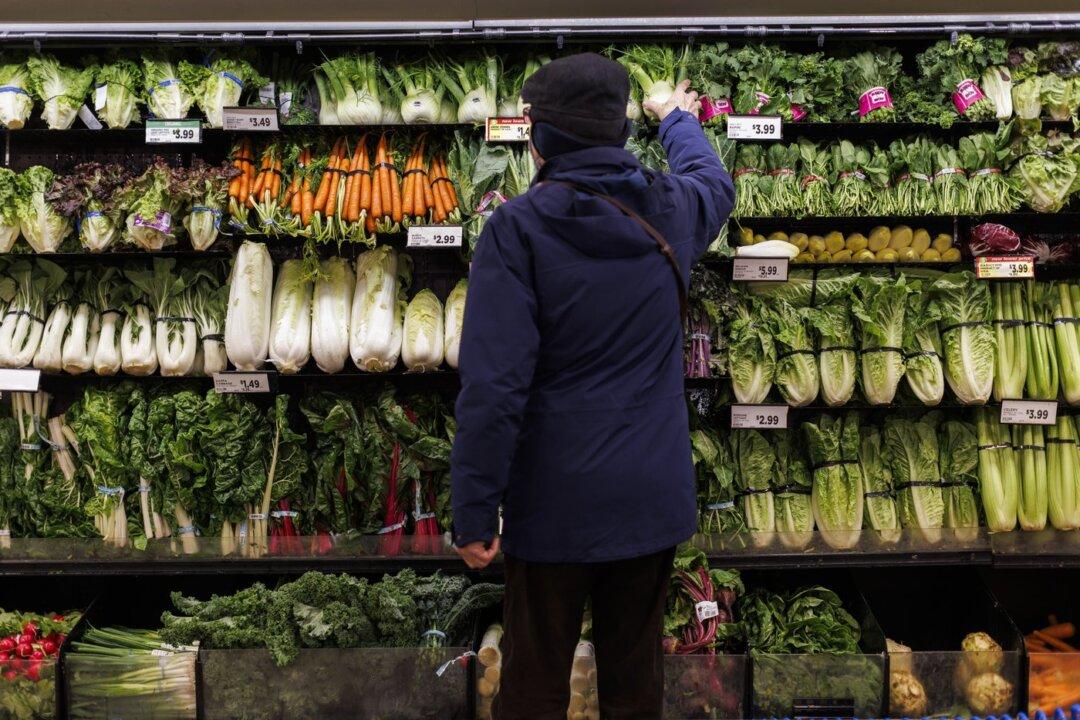Canada’s annual inflation rate dropped slightly to 6.9 percent in September but the cost of groceries continues to climb.
In its latest consumer price index report, Statistics Canada said the slight deceleration from 7.0 percent inflation in August is mostly attributed to lower gas prices, which fell by 7.4 percent in September.
In a note, BMO chief economist Douglas Porter said the deceleration in headline inflation was smaller than what was expected.
“Bluntly, inflation did not ease as much as anticipated last month, even as gasoline costs took a big step back,” he said.
Grocery prices rose at the fastest rate since August 1981, with prices up 11.4 percent compared with a year ago.
Statistics Canada said food prices have outstripped the overall inflation rate for 10 consecutive months.
The federal agency says the rapidly rising grocery prices are due to weather conditions, higher prices for fertilizer and natural gas and the Russian invasion of Ukraine.
Wages continue to grow, though at a slower rate than prices. According to Statistics Canada, average wages were up 5.2 percent in September compared with a year ago.
For homeowners or prospective buyers, higher interest rates are pushing up the cost of mortgage interest, while other costs rise at a slower pace.
With September marking the start of the academic year for many students, Statistics Canada said tuition fees were up 2.3 percent compared with a year ago.
On a monthly basis, the consumer price index rose by 0.1 percent.
The slight decline in the headline inflation rate is similar to what the U.S. experienced in September, with their headline inflation rate falling from 8.3 to 8.2 percent.
The Bank of Canada will be monitoring the latest data on CPI ahead of its next interest rate announcement on next Wednesday, paying close attention to its preferred core measures of inflation.
According to Statistics Canada, these measures, which tend to provide less volatile readings, were unchanged from August.
The Bank of Canada is expected to deliver another interest rate increase next Wednesday, with forecasters split between a half and three-quarters of a percentage point hike.
The central bank, which has a mandate to maintain low and stable inflation, has been combating high inflation with higher interest rates.
It has raised its key interest rate five times this year, bringing it from 0.25 to 3.25 percent.
The interest rate hikes feed into higher borrowing costs for Canadians and businesses, which slow spending in the economy.
The Bank of Canada is aiming to slow spending enough to bring inflation back to its two percent target, though the full effect of these rate hikes will take time to work its way through the economy.
Still, the effect of higher interest rates is beginning to be felt in the housing market, which has been cooling after home prices reached a peak in February.
By Nojoud Al Mallees





